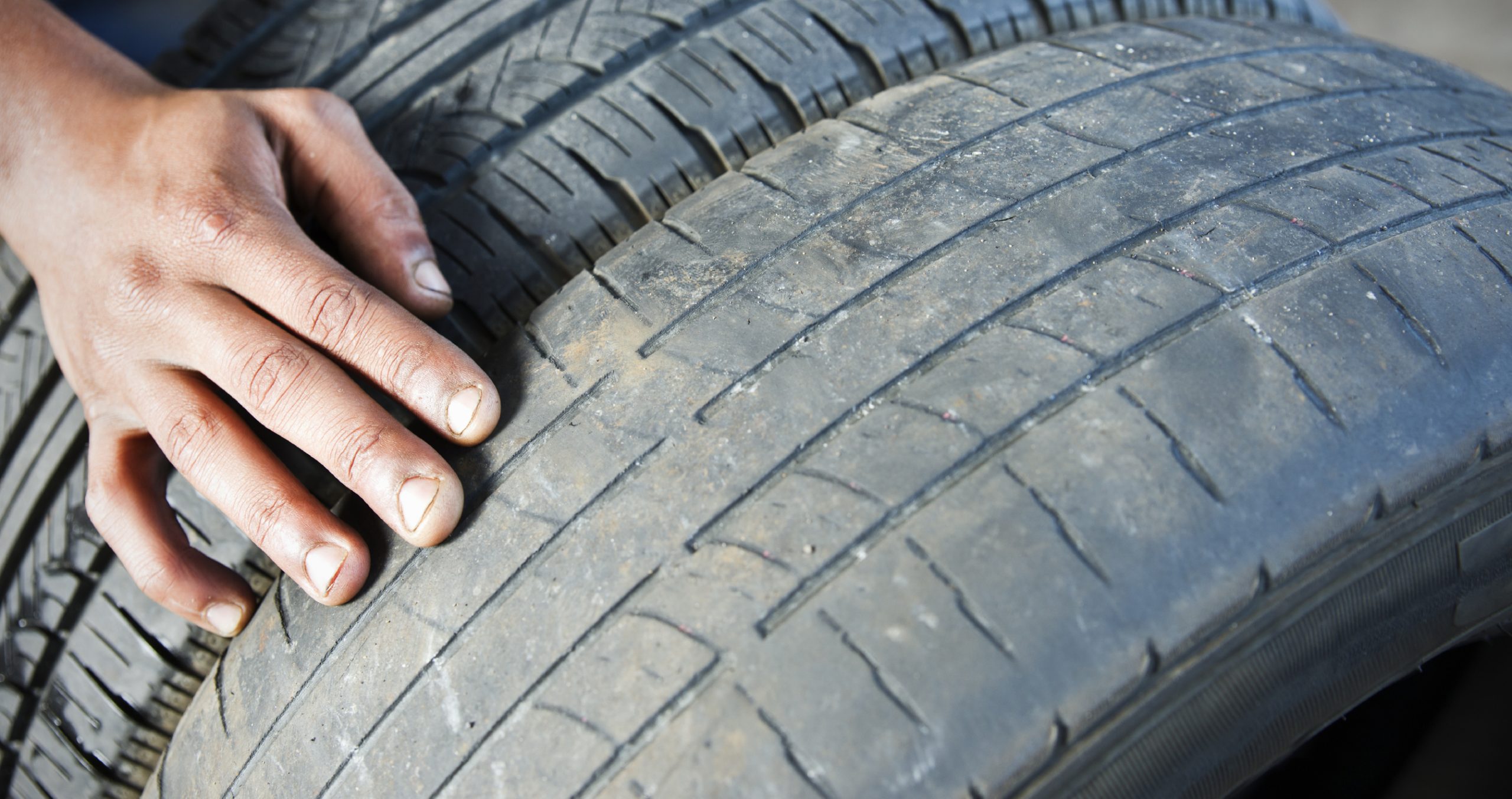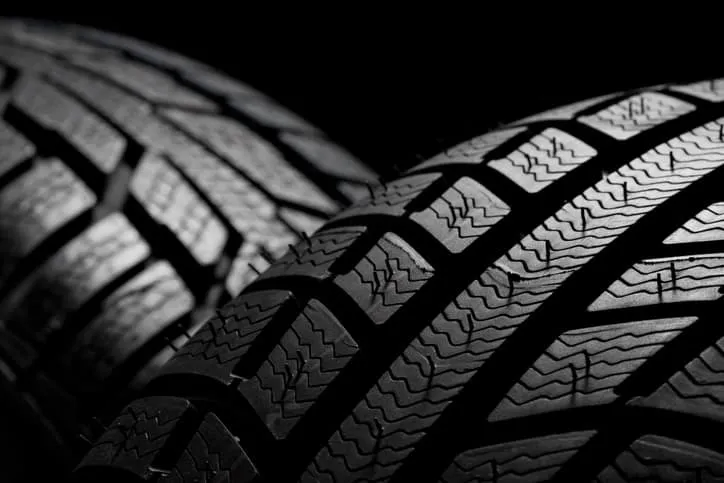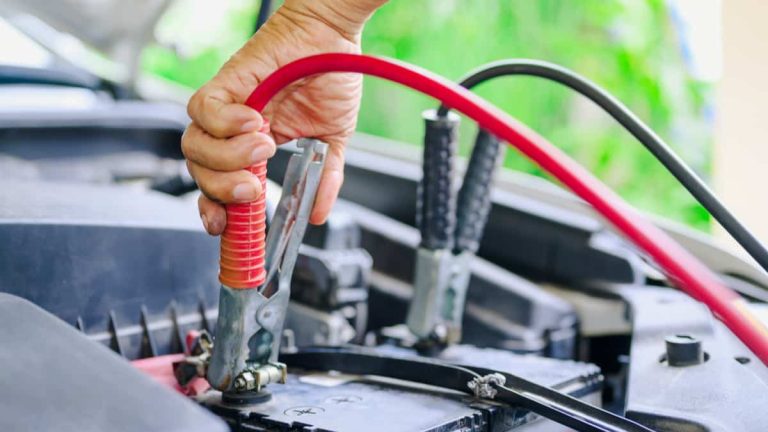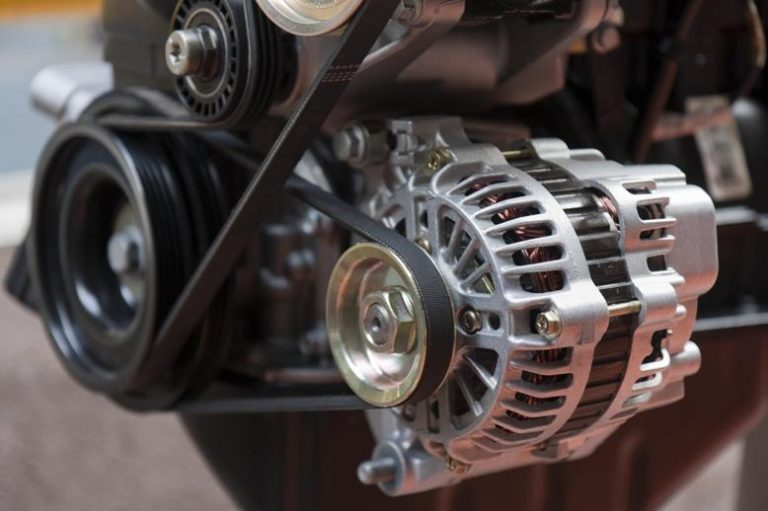What Causes Tire Feathering?
Tire feathering refers to a tire wear pattern that is characterized by feather-like edges on the tread blocks. This kind of wear pattern can cause tires to produce a humming noise while driving, which might be frustrating and uncomfortable. Moreover, it can impact the vehicle’s handling, cause vibrations, and even reduce the tire’s lifespan. Therefore, it is imperative to understand the various causes of tire feathering to prevent it from happening or tackle it promptly. If you live in a warm region, choosing the right type of tire can also help reduce uneven wear—check out our guide on the 5 Best Tires for Hot Climate to find suitable options.
In this article, we will discuss the possible causes of tire feathering and tips on how to avoid it.
1. Misalignment: A Leading Cause of Tire Feathering
Misalignment refers to an issue in the suspension system where the vehicle’s wheels do not point in the same direction. This condition can lead to uneven tire wear and contribute to feathering. Identifying alignment problems and fixing them promptly is key to avoiding tire feathering. You should have your vehicle’s wheel alignment checked periodically, especially when you notice any vibrations or unusual tire wear patterns.
2. Improper Inflation and What Causes Tire Feathering
Another cause of tire feathering is improper tire inflation. When your vehicle’s tires are overinflated or underinflated, they tend to wear unevenly, leading to feathering. You should check your tire pressure regularly and ensure that they are inflated to the manufacturer’s recommended level. This will not only help you avoid feathering but also extend the lifespan of your tires and improve fuel efficiency.
3. Worn Shock Absorbers Can Cause Tire Feathering
Shock absorbers are parts of your car’s suspension system that help in controlling tire movement and preventing excessive bouncing. When they wear out, they can cause your tires to bounce excessively, resulting in feathering. You should monitor your shock absorbers’ condition and replace them as soon as they show signs of wear.
4. Driving Habits That Lead to Tire Feathering
Another cause of tire feathering is driving habits, such as excessive speeding, cornering, and sudden braking. These habits create excessive stress on the tire tread and lead to uneven wear. To prevent feathering caused by driving habits, you should drive carefully and avoid aggressive driving, especially on rough roads.
5. Manufacturing Defects
Finally, feathering can occur due to manufacturing defects or uneven tire tread. Although it is rare, it can happen, and the solution lies in replacing tires with a better tread design. Moreover, it would help if you rotated your tires regularly, as it can reduce the chances of uneven wear and extend your tires’ lifespan.
Conclusion
Tire feathering is a common tire wear pattern that can cause a series of problems and reduce your car’s performance. However, by understanding the possible causes and learning how to avoid them, you can prevent feathering and extend your tire’s life. You should invest in proper maintenance practices, such as alignment checks, shock absorber replacements, and regular tire rotations, and drive carefully. Moreover, you need to ensure that your tires have the correct pressure levels and that they are not over- or underinflated.
By following these steps, you can avoid feathering and keep your tires in good condition.







